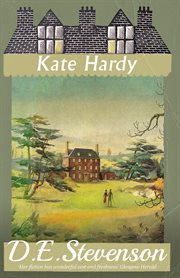Self Portrait: A Cento I can't be alone in this, the wars are everywhere, o even within. Alone, I am nothing and there's the shape of nothing caught in air: an O without a figure, grain of the night sky's empty hour. I forget and remember and forget the who I am and who are you, the who too thin to cipher and with no start and end, sewn together & torn apart, stretched out like variable stars, like anyone's portrait as a path of ill-formed light. EVOLUTION How, Alan Turing thought, does the soft-walled, jellied, symmetrical cell become the asymmetrical horse? It was just before dusk, the sun's last shafts doubling the fence posts, all the dark mares on their dark shadows. It was just after Schrodinger's What is Life, not long before Watson, Franklin, Crick, not long before supper. How does a chemical soup, he asked, give rise to a biological pattern? And how does a pattern shift, an outer ear Gradually slough its fur, or a shorebird's stubby beak sharpen toward the trout? He was halfway between the War's last engimas and the cyanide apple--two bites-- that would kill him. Halfway along the taut wires that hummed between crime and pardon, indecency and privacy. How do solutions, chemical, personal, stable, unstable harden into shapes? And how do shapes break? What slips a micro-fissure across a lightless cell, until time and matter double their easy bickering? God? Chance? A chemical shudder? He was happy and not, tired and not, humming a bit with the fence wires. How does a germ split to a self? And what is a--We are not our acts and rememberances, Schrodinger wrote, Should something-- God, chance, a chemical shudder?-- sever us from all we have been, still it would not kill us. It was just before dusk, his segment of earth slowly ticking toward night. Like time, he thought, we are almost erased by rotation, as the dark, symmetrical planet lifts its asymmetrical cargo up to the sunset: horses, ryegrass-- In no case, then, is there a loss of personal existence to deplore-- marten, whitethroat, blackbird, lark--nor will there ever be. Excerpted from The Hardy Tree by Linda Bierds All rights reserved by the original copyright owners. Excerpts are provided for display purposes only and may not be reproduced, reprinted or distributed without the written permission of the publisher.

